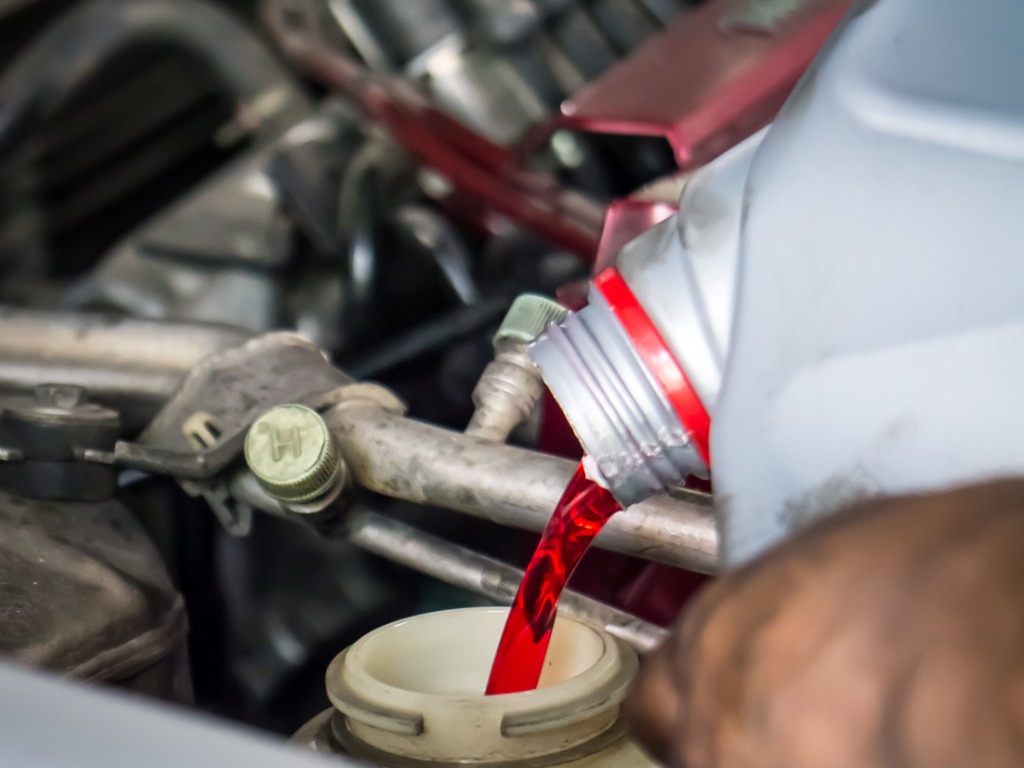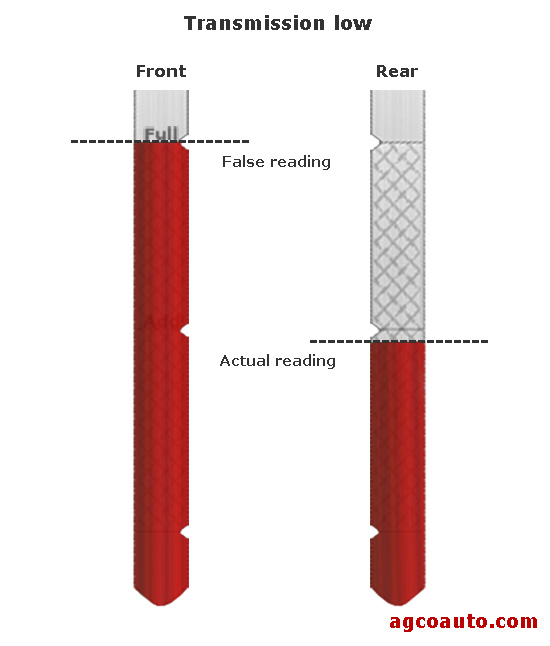Fixing low transmission fluid is crucial for your car’s performance. It can prevent bigger problems.
Transmission fluid keeps your car’s transmission system running smoothly. Without enough fluid, your car may face issues like slipping gears, overheating, or even transmission failure. Understanding how to check and fix low transmission fluid can save you time and money.
Whether you’re a car enthusiast or just someone trying to keep their vehicle in good shape, this guide will help. Learn the steps to identify low fluid and how to refill it correctly. Keep your transmission system in top shape and ensure a smooth drive every time.
Signs Of Low Transmission Fluid
Slipping gears can be a sign. This happens when the car changes gears on its own. The car may feel like it is losing power. It is a clear sign of low transmission fluid.
Strange sounds may come from the engine. You might hear grinding or whining noises. These sounds mean the transmission fluid is low. It is important to check the fluid levels.
Shifting gears may take longer. You will notice a delay. This is not normal. Low fluid levels can cause this problem. Get it checked right away.
Causes Of Low Transmission Fluid
Leaking seals are a common cause of low transmission fluid. Seals can wear out or get damaged. This causes fluid to leak from the transmission. Fixing leaking seals is vital to maintain fluid levels.
Overheating can cause low transmission fluid. High temperatures make the fluid break down faster. This leads to less fluid and poor transmission performance. Keeping the transmission cool helps prevent overheating issues.
Worn out components also cause low transmission fluid. Parts inside the transmission can wear down over time. This wear and tear can lead to leaks and fluid loss. Regular maintenance is essential to spot worn parts early.
Checking Transmission Fluid Levels
The dipstick is usually near the engine. It is a small handle. It may be red or yellow. Pull it out carefully. Wipe it clean with a cloth.
Insert the dipstick back in. Pull it out again. Check the fluid level. It should be between the two marks. Add more fluid if needed. Do not overfill. Overfilling can cause problems.
Look at the fluid on the dipstick. It should be pink or red. If it is dark or smells burnt, change it. Dirty fluid can damage your transmission.

Credit: www.autozone.com
Choosing The Right Transmission Fluid
Always follow the manufacturer’s recommendations for your car’s transmission fluid. This ensures the best performance and longevity. Different cars need different types of fluid. The owner’s manual provides this information. Using the wrong fluid can damage the transmission. Stick to what the manufacturer advises.
There are different types of transmission fluids. Automatic Transmission Fluid (ATF) is common in automatic cars. Manual Transmission Fluid (MTF) is used in manual cars. Some cars need Continuously Variable Transmission Fluid (CVT). Each type has specific properties. Use the right one for your car.
Synthetic fluids are more stable and last longer. They perform better in extreme temperatures. Conventional fluids are cheaper but need changing more often. Synthetic fluid is often recommended for high-performance cars. Check your car’s needs before choosing.
How To Add Transmission Fluid
Low transmission fluid can cause serious problems for your vehicle. First, locate the transmission dipstick. Then, slowly add the recommended fluid type until it reaches the proper level.
Safety Precautions
Always ensure the car is on a flat surface. Use the parking brake. Wear gloves to protect your hands. Be cautious with hot engine parts. Avoid smoking near the car. Ensure good ventilation.
Adding Fluid Step-by-step
Locate the transmission dipstick. Remove the dipstick and wipe it clean. Reinsert the dipstick to check the fluid level. Use a funnel to add the fluid. Pour slowly to avoid overfilling. Check the level again after adding fluid. Repeat until the correct level is reached.
Post-addition Checks
Start the engine and let it run for a few minutes. Shift through each gear slowly. Return to park and check the fluid level again. Ensure there are no leaks under the car. Make sure the fluid level is between the marks on the dipstick.
Preventing Low Transmission Fluid
Regular maintenance is key. Check fluid levels often. Follow your car’s manual. Change fluid as recommended. Clean fluid ensures proper function. Dirty fluid can harm the transmission. Use the right type of fluid.
Inspect for leaks regularly. Look under your car. Check for red or brown spots. Leaks lower fluid levels. Fix leaks quickly. Leaks can cause major damage. Always park on a flat surface. This helps spot leaks easily.
Drive smoothly. Avoid sudden starts and stops. Sudden moves strain the transmission. Don’t overload your car. Extra weight stresses the system. Let your car warm up before driving. Cold starts are hard on the transmission. Avoid towing heavy loads often.
When To Seek Professional Help
If you notice the same transmission problem again and again, it might be time to get help. Continual slipping, strange noises, or gear shifting problems should be checked by a professional. These signs could mean a deeper issue that needs expert care.
Transmission systems are complex. If a simple fluid top-up does not fix the issue, more complicated repairs may be needed. Professionals have the right tools and knowledge to handle these repairs. Trying to fix it on your own could make the problem worse.
Fixing transmission issues can be expensive. Sometimes, a professional might suggest a full replacement. While this can cost more upfront, it can save money in the long run by avoiding repeated small repairs. Always weigh the cost and benefits before making a decision.

Credit: www.agcoauto.com
Common Myths About Transmission Fluid
Many people believe transmission fluid lasts forever. This is not true. Fluid breaks down over time. It loses its effectiveness. You need to change it regularly. Your car’s manual will tell you when.
Some think one fluid fits all cars. But this is a myth. Each car has a specific fluid type. Using the wrong one can damage your car. Always check your manual for the right fluid.
Changing fluid yourself can save money. But it can be messy. A professional will do it right. They have the right tools. They can also spot other problems. Sometimes, it is worth the extra cost.

Credit: www.mistertransmission.com
Conclusion
Fixing low transmission fluid is simple and essential. Check fluid levels regularly. Refill as needed to ensure smooth driving. Use the right transmission fluid for your car. Follow the steps carefully. This prevents future issues and keeps your car running well.
Regular maintenance saves time and money. Drive safely and keep your transmission healthy.
